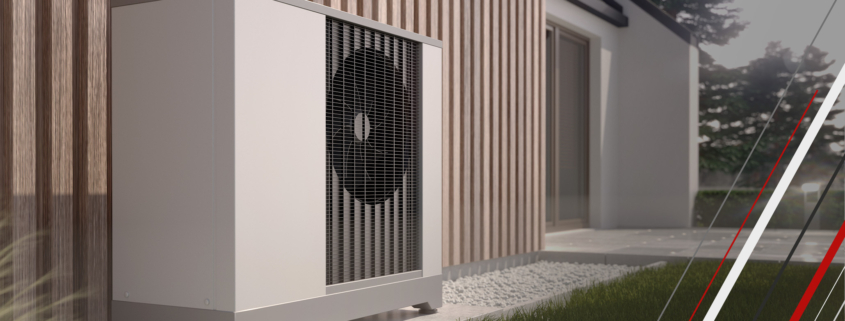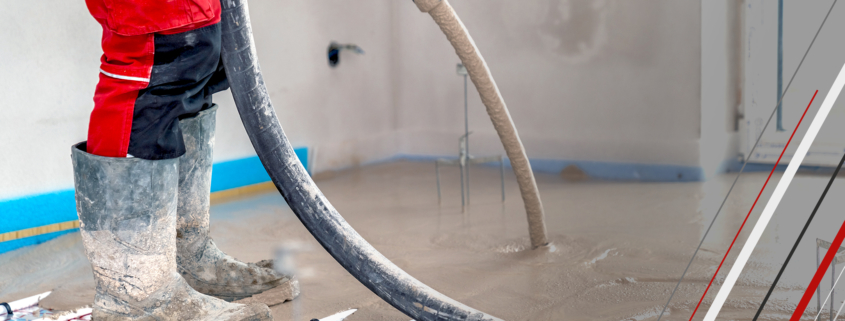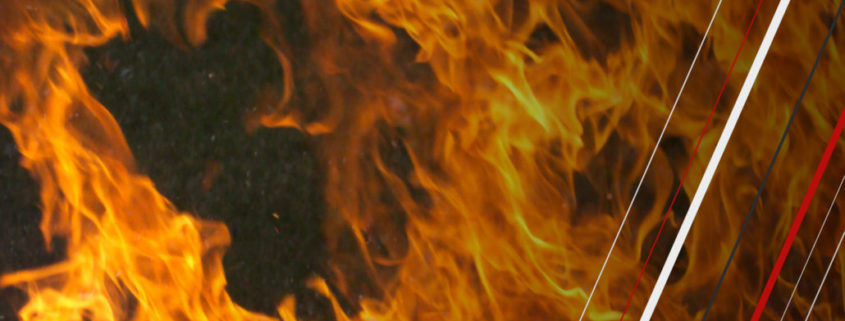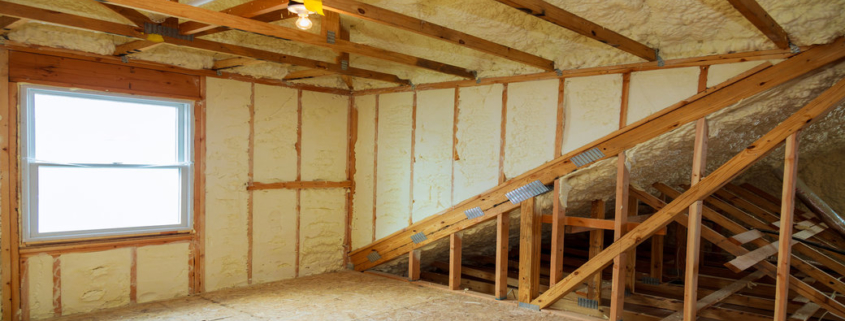The Future of Commercial Interior Fit-Outs
As more and more businesses return to office based working, we’re noticing a lot more focus and consideration is being given to the workspace, and rightly so. In the ever-evolving landscape of commercial spaces, interior design trends play a pivotal role in shaping the functionality, aesthetics, and overall ambiance of work environments. Keeping abreast of the latest trends in commercial interior fit-outs is crucial for businesses looking to create dynamic and innovative spaces that meet the needs of their workforce. In this post, we’ll explore the trends shaping the future of commercial interior fit-outs.
- Flexibility is Key
The trend toward flexible workspaces continues to gain momentum. Adaptable layouts, movable furniture, and modular designs are becoming staples in commercial interiors. This approach accommodates changing work dynamics, promoting collaboration, and catering to the growing popularity of hybrid work models. - Biophilic Bliss
Biophilic design, which incorporates natural elements into the workspace, is proving to be more than just a passing trend. From indoor plants and green walls to natural light optimisation, businesses are recognising the positive impact of biophilia on employee well-being and productivity. - Sustainable Statements
Sustainability isn’t just a buzzword; it’s a cornerstone of modern interior fit-outs. Businesses are opting for eco-friendly materials, energy-efficient systems, and waste reduction strategies to align with their corporate responsibility goals. - The Hybrid Work Hub
With remote work becoming a permanent fixture in many industries, commercial interiors are transforming into hybrid work hubs. Spaces are designed to seamlessly integrate remote and in-person collaboration, offering a harmonious blend of technology and flexible furniture solutions. - Technology at the Forefront
From smart office solutions to interactive meeting spaces, integrating the latest technology is a must for modern commercial interiors. Video conferencing capabilities, touch-less controls, and integrated communication systems are becoming standard features. - Employee Well-Being Zones
The emphasis on employee well-being has given rise to dedicated wellness zones within commercial interiors. Quiet spaces, meditation rooms, and ergonomic furniture contribute to creating environments that prioritize mental health and physical comfort. - Branding Beyond Logos
Beyond the conventional logo on the wall, companies are now using interior design to tell their brand story. Branded colors, custom graphics, and thematic design elements help create a cohesive brand identity within the workspace. - Resimercial Revolution
The resimercial trend, blending residential and commercial design elements, is redefining the traditional office aesthetic. Comfortable furniture, cozy breakout areas, and homely touches contribute to a more inviting and relaxed atmosphere.
As post-pandemic businesses evolve and working paradigms shift, the trends in commercial interior fit-outs will continue to adapt to meet the demands of the modern workforce. Whether it’s the pursuit of flexibility, sustainability, or employee well-being, the future of commercial interiors promises spaces that are not only aesthetically pleasing but also functional and conducive to productivity. Staying attuned to these trends ensures that businesses can create work environments that inspire innovation and foster a positive company culture.
If you would like to find out more about interior fit out options, please feel free to get in touch and arrange a consultation with our experts.







